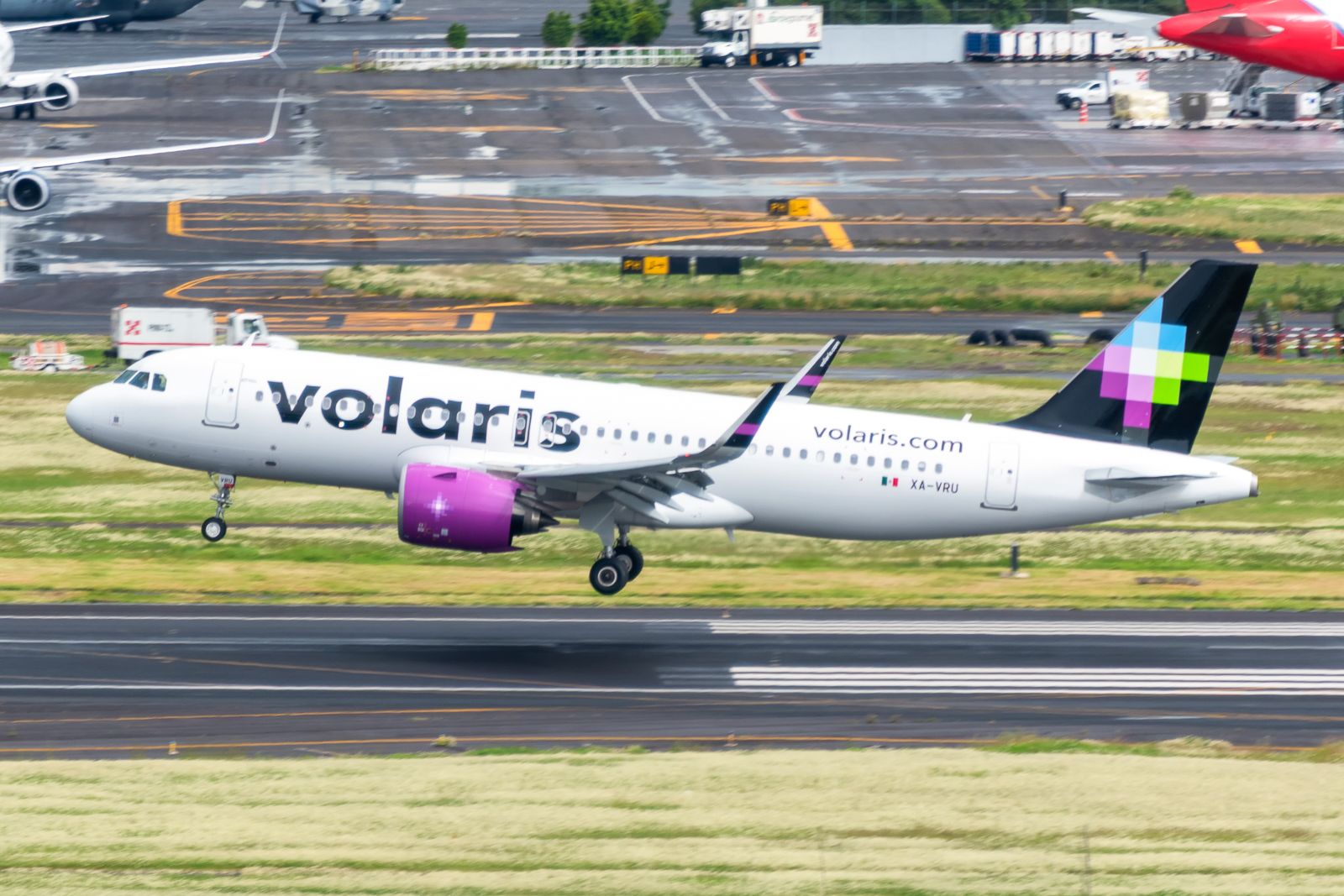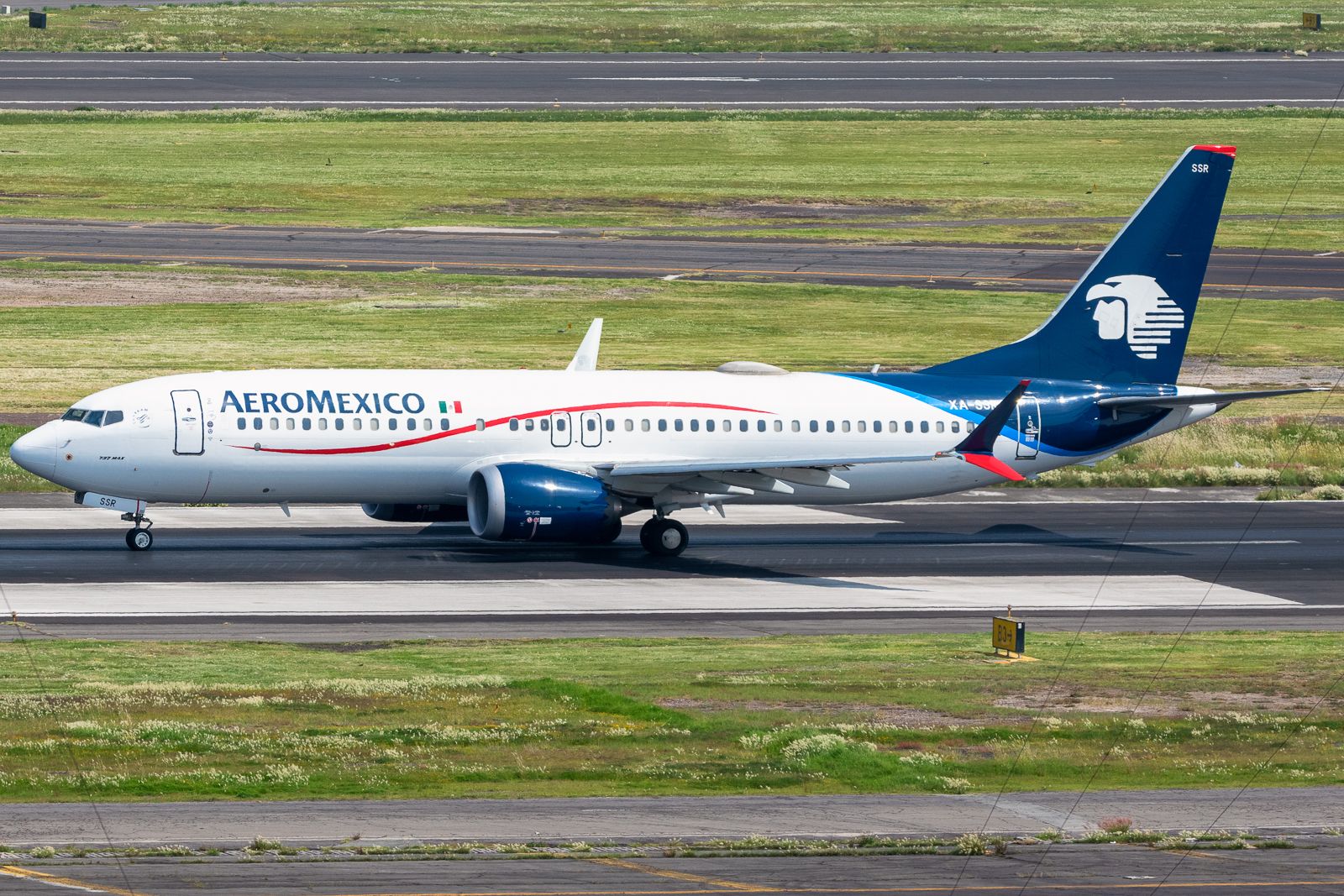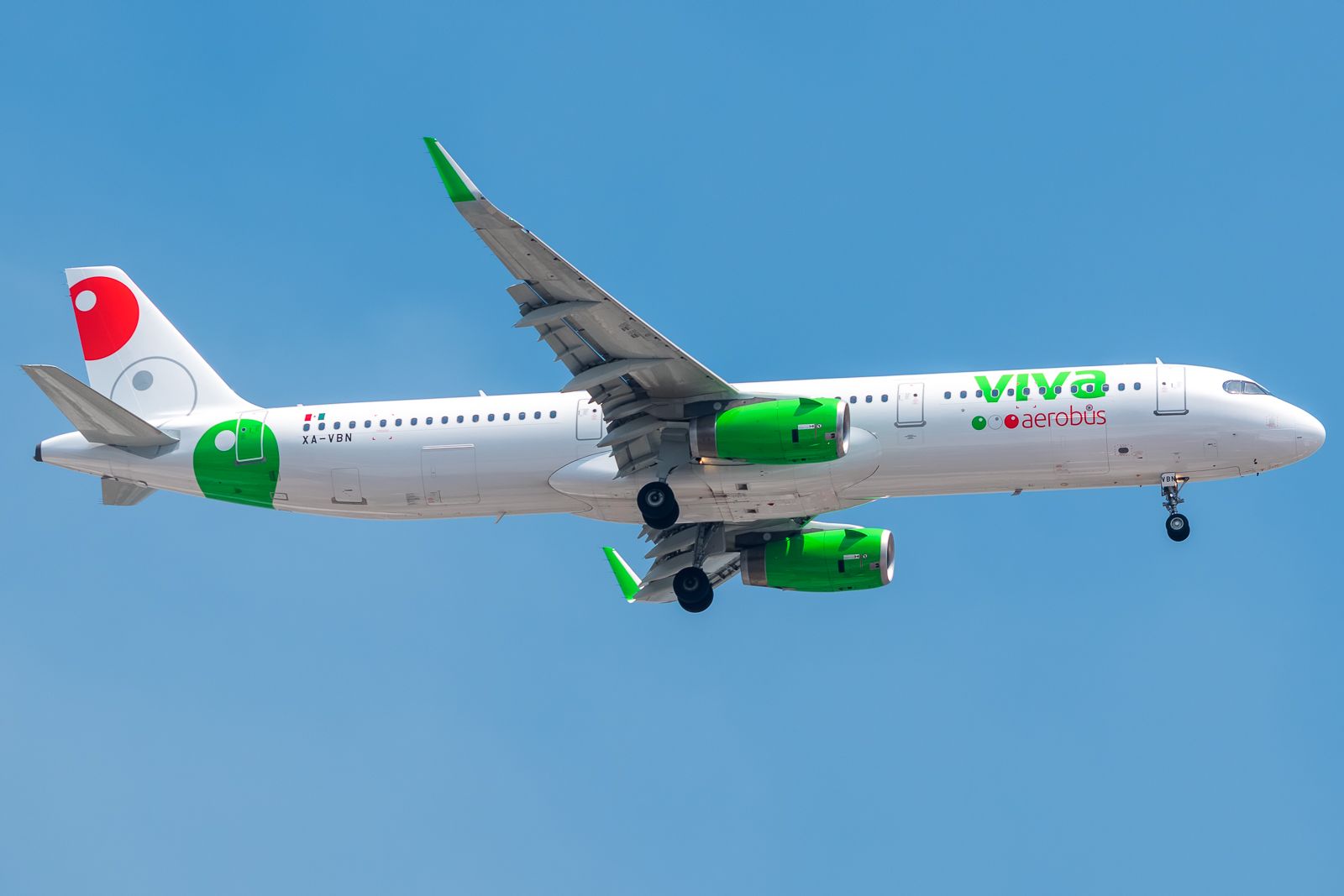In the first eight months of the year, Mexico’s civil aviation industry has handled almost 70 million passengers, a 2% growth compared to the pre-pandemic traffic levels. While the country has indeed grown, it has also stalled while other South American nations, such as Colombia and the Dominican Republic, have outpaced it.
Growth, growth, growth?
Mexico’s Secretariat of Infrastructure, Communications, and Transportation, released the latest air transport data this week. In August, the country received 9.4 million travelers from domestic and international services, down from the 10.04 million passengers in July, the peak summer season.
So far, the country has had 69.73 million travelers in 2022, with 36.62 million being domestic passengers onboard flights by Volaris (15.1 million), Viva Aerobus (11.09 million), Aeromexico (9.48 million), Aeromar (255,689), Magnicharters (254,251), TAR Aerolíneas Regionales (236,392), and Aéreo Calafia (97,597).
The remaining 33.11 million passengers all came from international services. About 25% of these travelers flew with Mexican carriers, mainly Aeromexico, with 3.68 million and Volaris with 3.04 million, and the rest with non-Mexican airlines, particularly US operators, which have had 17.81 million passengers all year long, or 52%.
Compared to 2019 levels, Mexico had 2.1% more passengers between January and August 2022. If the growth rate remains stable for the remainder of the year, Mexico could reach around 103.5 million passengers by December, which would be a record for the country.
Stall?
Last year, Mexico became the poster boy of a quick turnaround from the COVID-19 pandemic. Volaris and Viva Aerobus closed the year with more passengers than in 2019, turning the page on the crisis. Despite losing its Category 1 status from the Federal Aviation Administration (FAA), Mexico remained a hot destination for US travelers. Moreover, Mexico never imposed travel restrictions allowing passengers to travel freely, which proved effective.
Get the latest aviation news straight to your inbox: Sign up for our newsletters today.
Nonetheless, Mexico’s quick recovery has been surpassed in 2022 by other Latin American countries. Colombia and the Dominican Republic have had stronger recoveries this year in terms of growth compared to 2019. In terms of passengers, no other country, not even Brazil, has had more travelers in 2022 than Mexico. Up to July, Brazil had 53.8 million passengers and was averaging nearly nine million monthly travelers.
Challenges
Despite the strong recovery, Mexico still has some challenges, and its civil aviation industry remains fragile. On one side, the three leading Mexican airlines have posted financial losses in the year's first two quarters, facing heavy constraints due to global economic uncertainty, such as high fuel prices and currency volatility. On the other side, the Mexican authorities have not been able to regain their Category 1 status, which is profoundly impacting the possible growth of Mexican airlines, which can’t add new routes and capacity to the United States. Moreover, Mexico City’s new Felipe Ángeles International Airport (NLU) has not yet taken off, and it is only expecting to receive about a third of the projected passengers it expected to have within the first year of operations.
What do you think about Mexico’s results so far? What does the country need to grow at a faster pace? Let us know in the comments below.



